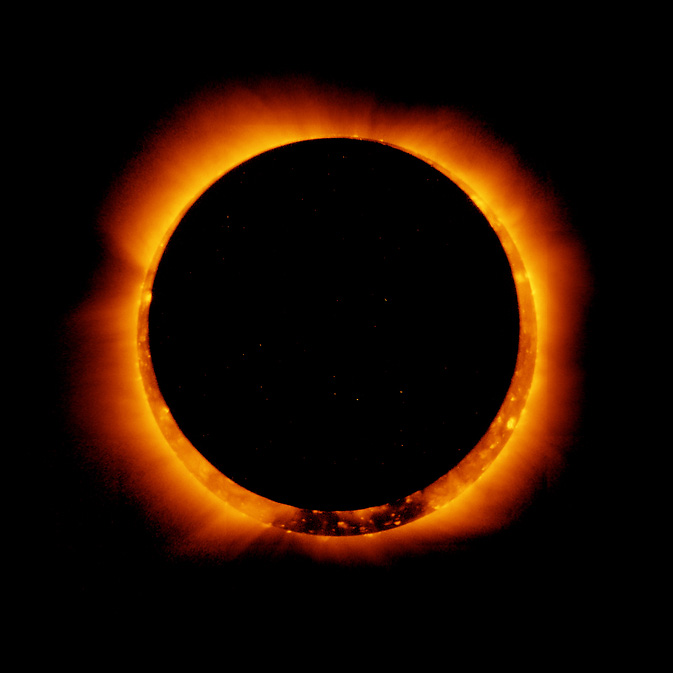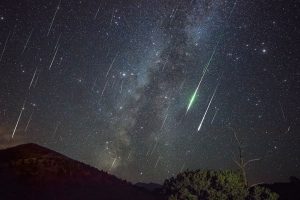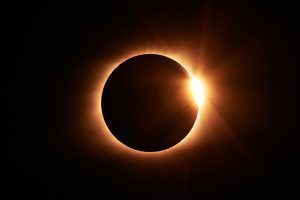A Ring of Fire solar eclipse is set to captivate millions in the Americas. Discover the rarity of this event.
A celestial spectacle is set to grace the skies of the Americas this Saturday, as a Ring of Fire solar eclipse takes center stage. These remarkable astronomical events are not an everyday occurrence, making them a rare treat for sky gazers. But just how often does this striking Ring of Fire eclipse happen, and what makes it unique?
Also read | What is ‘Ring of Fire’? Date, time, region of occurence, and more to know about annular eclipse
An “annular solar eclipse” is the name of the game for this event. Solar eclipses are a result of the moon coming between the Earth and the sun, partially or completely obstructing the sun’s view along a narrow path on Earth. The “annular” eclipse occurs when the moon is positioned near its farthest point from our planet, allowing a thin ring of sunlight to surround the moon’s dark disk in the sky. This gives the appearance of a “Ring of Fire.”
The Ring of Fire eclipse, characterized by this fiery ring effect, is a relatively rare phenomenon. It happens when the moon is farther than usual from Earth during the eclipse. The moon, being much smaller than the sun, but closer to Earth, allows for this stunning alignment.
How often does this eclipse occur?
A Ring of Fire eclipse happens annually, but this is the last annular Ring of Fire solar eclipse visible in the United States until 2039, albeit Alaskans will be the only ones to see it.
For those eager to witness this cosmic spectacle, the path of maximum obscuration runs through parts of the United States, starting in Oregon at 9:13 a.m. PDT, and then traversing California, Nevada, Utah, Arizona, New Mexico, and Texas. The eclipse’s journey extends further, crossing parts of Mexico, Central America, and South America before vanishing in the Atlantic Ocean at sunset. Even those outside the primary path will still have the opportunity to witness a mesmerizing partial eclipse.
This event serves as a reminder of the vast differences in size between celestial bodies. The moon, with a diameter of 2,159 miles, appears to nearly cover the sun, which dwarfs it with a diameter of about 865,000 miles, and Earth’s 7,918-mile diameter.
Remember, enjoying this celestial show comes with a warning. Staring at the sun, even during an annular eclipse, is perilous without proper eye protection. Experts emphasize the need for specialized solar viewing glasses or handheld solar viewers to safeguard your vision. Regular sunglasses won’t suffice.
Also read | When and where to watch total Solar Eclipse 2024: Date, time, locations
So, while Ring of Fire eclipses are not an everyday occurrence, when they do grace our skies, they offer a rare and remarkable visual treat for all who gaze upward.







